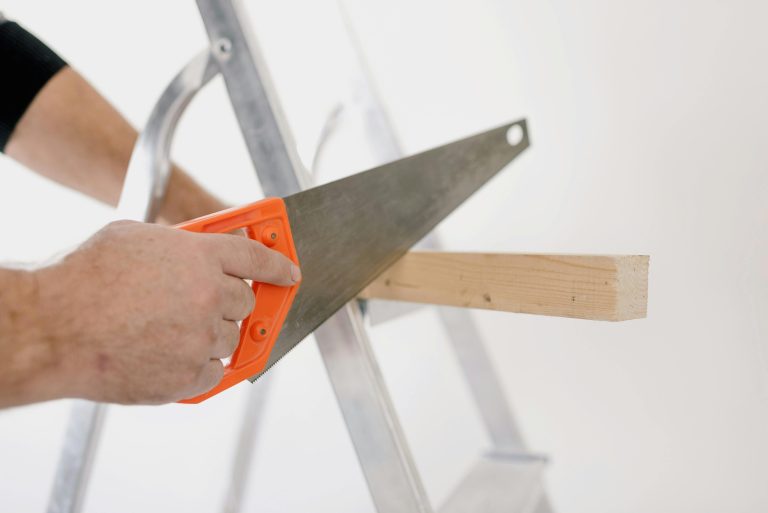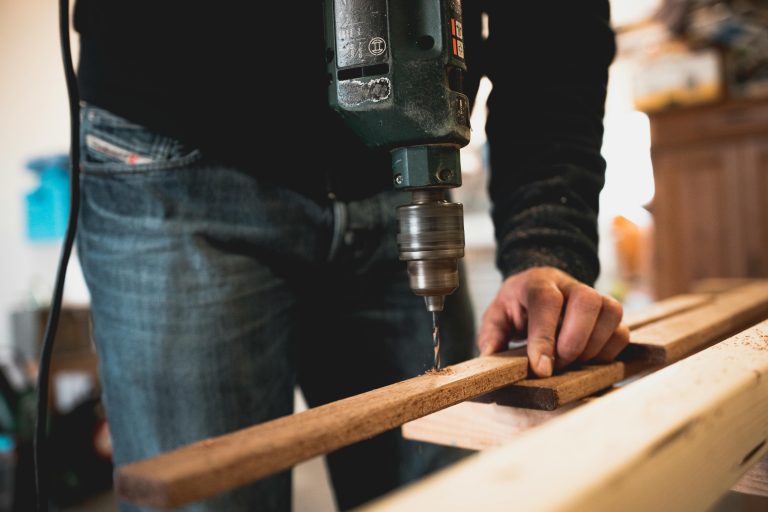Walls are rarely perfectly straight, which can make levelling tricky. Relying solely on the wall’s surface may lead to inaccurate measurements, especially on uneven surfaces. To ensure your projects are precisely aligned, follow these detailed tips for using a spirit level effectively on imperfect walls:
- Place the Level Firmly and Carefully: When measuring or marking a level line, press your spirit level firmly against the area you’re working on. Avoid just resting it lightly—apply steady pressure to get a true reading, especially if the wall is bumpy or irregular.
- Check Multiple Points: Don’t rely on a single spot. Move your level along the wall, testing at various points to identify any dips, bumps, or high spots. This helps you understand the wall’s contours and find the most consistent line for your project.
- Use Shims or Spacers: If the wall has uneven spots—such as high protrusions or recesses—place small spacers behind your level at those points. This creates a more even surface, allowing the bubble to indicate a truly level line. For very rough patches, consider temporarily attaching a straight edge or straight piece of wood to serve as a more stable reference.
- Focus on the Spirit Bubble: The bubble inside your spirit level is your best indicator. Always ensure it’s centred within the vial; if it’s not, adjust your position, add spacers or move the level to a different spot. Don’t force a line that isn’t truly level—trust the bubble.
- Double-Check Your Measurements: Once the bubble appears centred, mark that point lightly. Then, move your level to another spot and repeat the process. Comparing multiple measurements helps confirm accuracy and prevents misalignments.
- Mark with Care: After confirming the most accurate, level line, use a pencil to mark your reference points clearly. Double-check your lines by repeating the process, especially on larger or more irregular walls.
Remember: Perfectly level walls are rare. Patience and careful checking are key to achieving a professional finish. By adjusting your approach to embrace the wall’s imperfections, you’ll ensure your projects stay true and looking great—even on uneven surfaces!




